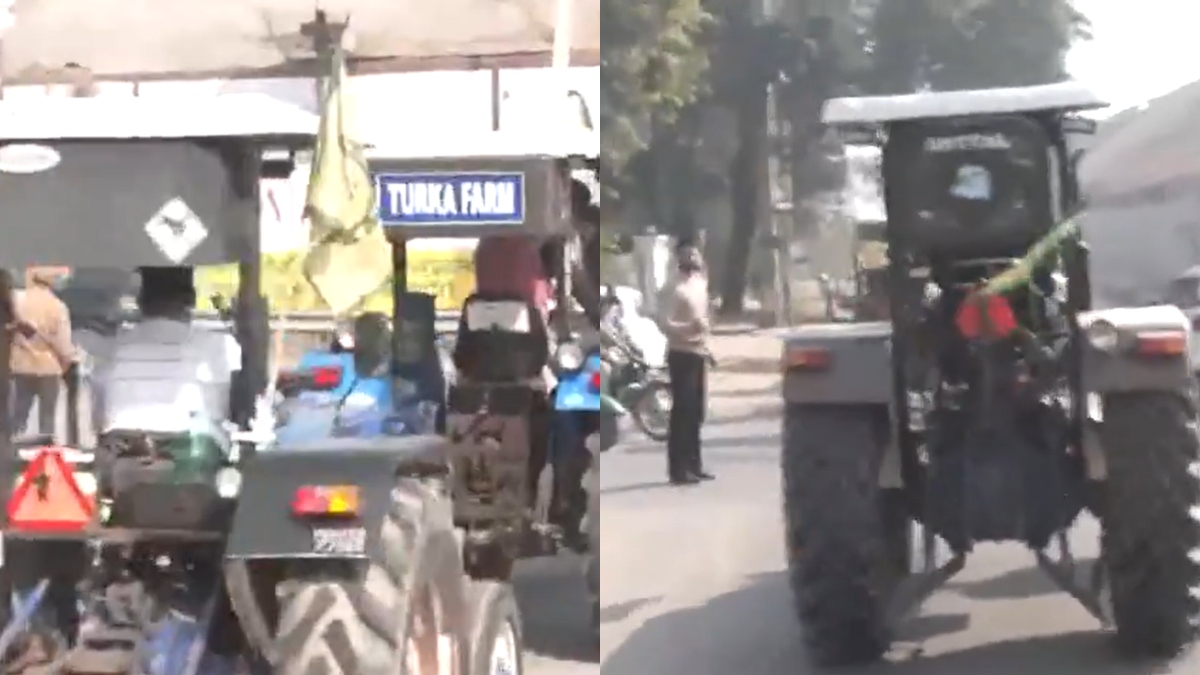
The march of women farmers
Live MintKudiya ta chidiya hundiya ne; par parr ni hunde kudiya de. “My entire life has gone in repaying debts, bringing up my two children, it’s all over for me.” Thousands of women like Bindu and Veerpal spend their lives as farmers but aren’t recognised as such. It defines the term “farmer” as “a person actively engaged in the economic and/or livelihood activity of growing crops and producing other primary agricultural commodities and will include all agricultural operational holders, cultivators, agricultural labourers, sharecroppers, tenants, poultry and livestock rearers, fishers, beekeepers, gardeners, pastoralists, non-corporate planters and planting labourers, as well as persons engaged in various farming related occupations such as sericulture, vermiculture and agro-forestry.” But this definition is a far cry from the reality on the ground, where it’s largely male tillers of land who are considered “farmers”. “One of the things that seems to have helped without it emerging as a feminist thought was that when many agriculture schemes had chunks of subsidies set aside for only small and marginal farmers, or in some cases for women farmers, men started parting with their land and willingly transferring it to create partition titles,” says Kuruganti. “There was only one woman who believed that women deserve rights over land, despite the work they do,” she says.
History of this topic

Shivraj Chouhan meets farm outfits; why aren’t we invited, ask protesting farmers
Hindustan TimesCongress dusts off Chhattisgarh playbook to fight Mahayuti
The Hindu‘Women farmers are invisible': A West African project helps them claim their rights — and land
Associated Press
Every politician and elected leader is a social worker: Shivraj Singh Chouhan
Deccan Chronicle
What do women farmers need in this budget?
Hindustan Times
Challenges and opportunities for women farmers in India
Hindustan Times
AP Assembly passes resolution in support of women's reservation
Deccan Chronicle
Women fail to get due recognition as farmers
Deccan Chronicle
Empowering India’s women farmers: Bridge the gap
Hindustan TimesPeasant women from Punjab and Haryana stand shoulder to shoulder in year-long farmers' protests
The Hindu
Priyanka Gandhi interacts with women farmers in UP's Barabanki
India TV News
How these Telangana women farmers rode out the pandemic
Live MintFour months on, the farmers’ protest continues unabated
The Hindu)
Cong to Galvanize Smaller Parties, Farmers Through Mahapanchayats in MP Against Farm Laws
News 18
Farmers demand a law on MSP, repeal of three agriculture-marketing laws
Deccan Chronicle)
People of 'other ideologies' delaying resolution with farmers, says Centre; talks postponed to Wednesday
Firstpost)
To give the (unseen) woman farmer a land of her own
Firstpost)
How women farmers are the backbone of the anti-farm law protests: In conversation with Jasbeer Kaur of Punjab Kisan Union
FirstpostDiscover Related




Government has made liquor business its main source of income, says POW Vizag district president
The Hindu









































